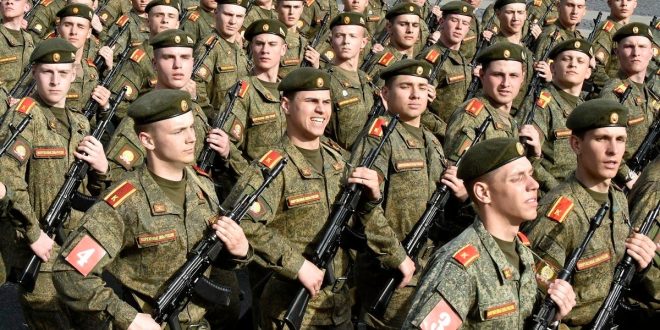Olatunde Oluwasola
The European Union’s observer mission to Georgia has reported a decline in the presence of Russian soldiers in the Russian-controlled regions of South Ossetia and Abkhazia. According to Greek diplomat Dimitrios Karabalis, who heads the mission, they have also noticed a significant reduction in the deployment of technology in these areas.
However, despite the passage of 15 years since the brief war between Georgia and Russia in August 2008, there has been no progress towards finding a solution to the conflict over the breakaway regions.
Presently, about 200 EU observers, including 23 German police officers, are actively patrolling the Georgian side of the 390-kilometre-long administrative border with South Ossetia and the 150-kilometre-long line with Abkhazia, directly facing Russian troops across the dividing line.
Karabalis remains cautiously optimistic, as he currently does not see an immediate danger of open conflict breaking out in the region. He pointed out that both sides lack the necessary personnel and technology to engage in any significant military actions.
Unlike Azerbaijan, which invested billions of dollars in oil revenue to regain control of the disputed Nagorno-Karabakh region in a conflict with neighboring Armenia, Georgia lacks the resources for a military build-up, Karabalis explained.
However, he warned that tensions in the area can escalate into violence at any time, emphasizing their mission to maintain a calm and stable situation, as even a minor spark could lead to significant consequences.
Russia’s actions in the breakaway regions have involved replacing experienced and trained troops with inexperienced soldiers and border guards who are not familiar with the situation. The more experienced troops have been redirected to participate in conflicts in Ukraine.
Karabalis expressed concerns about the security risk posed by inexperienced troops, stating that they lack knowledge about the observer mission and its objectives. In response to this, the mission has been distributing leaflets in Russian to explain their presence and activities.
 National Telescope national telescope newspaper
National Telescope national telescope newspaper



